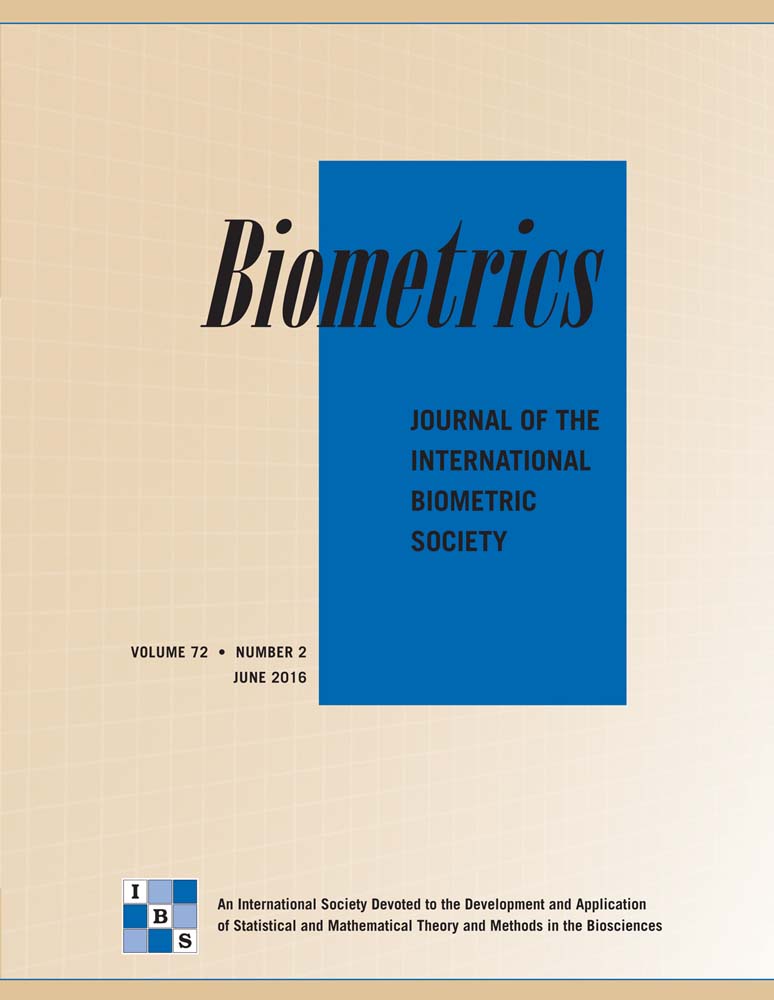Testing multiple hypotheses with skewed alternatives
Summary
In many practical cases of multiple hypothesis problems, it can be expected that the alternatives are not symmetrically distributed. If it is known a priori that the distributions of the alternatives are skewed, we show that this information yields high power procedures as compared to the procedures based on symmetric alternatives when testing multiple hypotheses. We propose a Bayesian decision theoretic rule for multiple directional hypothesis testing, when the alternatives are distributed as skewed, under a constraint on a mixed directional false discovery rate. We compare the proposed rule with a frequentist's rule of Benjamini and Yekutieli (2005) using simulations. We apply our method to a well-studied HIV dataset.




